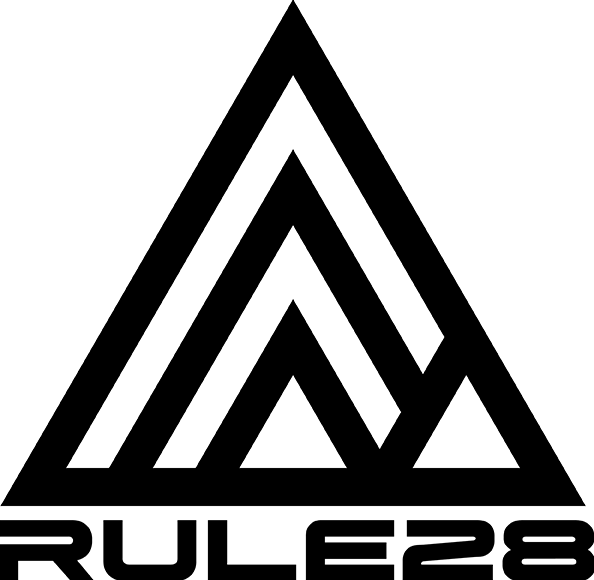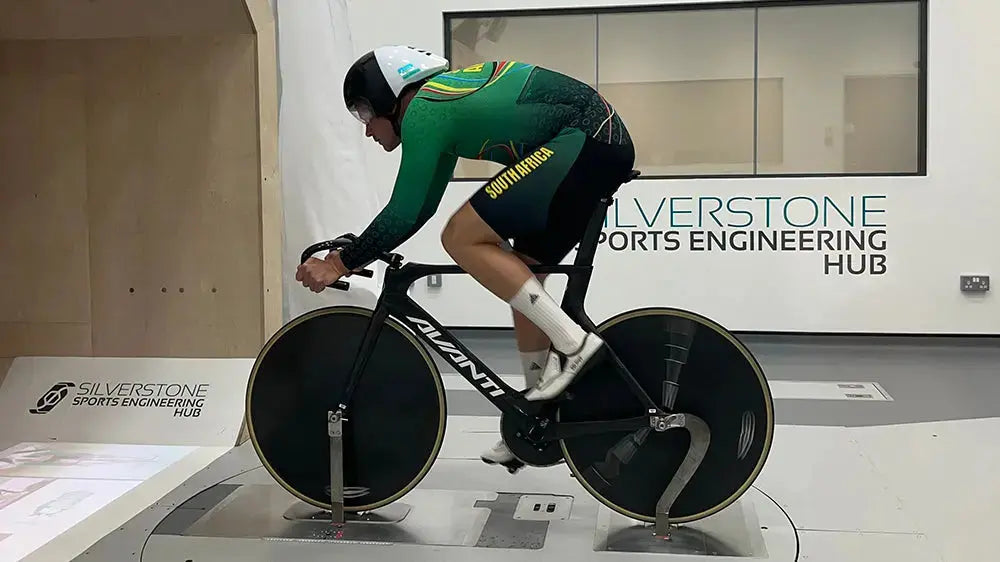Comparing TT Skinsuit 2.0 and Neo Suit with Aero Base Layer
The Neo Suit, when paired with out Aero Base Layer is our fastest skinsuit. But just how much faster is it than our next best suit, the TT Skinsuit 2.0?
When deciding which suit is best suited for your needs, understanding the performance differences between our TT Skinsuit 2.0 and the combination of the Neo Suit and Aero Base Layer is crucial. To provide clarity, we conducted comparative testing at the Silverstone Sports Engineering Hub.
Testing Methodology:
We conducted runs covering speeds from 35 to 70kph, encompassing the majority of racing scenarios. While some races may involve higher speeds during fast descents, 70kph represents a significant speed, rarely achievable in regular racing.
Jean Spies, an Olympic Track Sprinter, was chosen as our test rider. We have tested a lot of kit with Jean as he's able to produce very repeatable test runs, holding a very constant position and cadence.
Raw Numbers
| Speed | 35 | 40 | 45 | 50 | 55 | 60 | 65 | 70 |
| TT V2 | 155.9 | 228.57 | 315.88 | 420.54 | 551.88 | 707.69 | 894.05 | 1124.89 |
| Neo w/ Aero Base Layer | 144.64 | 220.16 | 302.73 | 405 | 534.68 | 668.29 | 875.7 | 1092.9 |
Watts saved Vs TT Skinsuit 2.0
| Speed | 35 | 40 | 45 | 50 | 55 | 60 | 65 | 70 |
| Neo w/ Aero Base Layer | 11.26 | 8.41 | 13.15 | 15.54 | 17.2 | 39.40 | 18.35 | 31.99 |

Conclusion
During our comprehensive testing, it was evident that the Neo Suit paired with the Aero Base Layer consistently outperformed the TT Skinsuit 2.0 across all tested speeds. This outcome aligns with our expectations and can be attributed to the distinct technologies employed to reduce drag specifically around the arms. It is worth noting that all other components of these two suits remained identical.
The greatest reduction in drag was observed at a speed of 60kph, resulting in a remarkable decrease of 39.4W. However, it is important to mention that this specific reading appears slightly higher than what was predicted based on the trendline and other collected data.
Furthermore, even at a speed of 35kph, the Neo Suit and Aero Base Layer combination demonstrated significant drag reduction, saving 11.26W. This equates to a reduction of over 7.2% in total drag, showcasing the effectiveness of this combination across a range of speeds.
For those with the budget, the Neo Suit and Aero Base Layer combo is an excellent choice for your race day kit.






Share:
Aero Arm Sleeves Testing
High Speed Base Layer Development and Testing